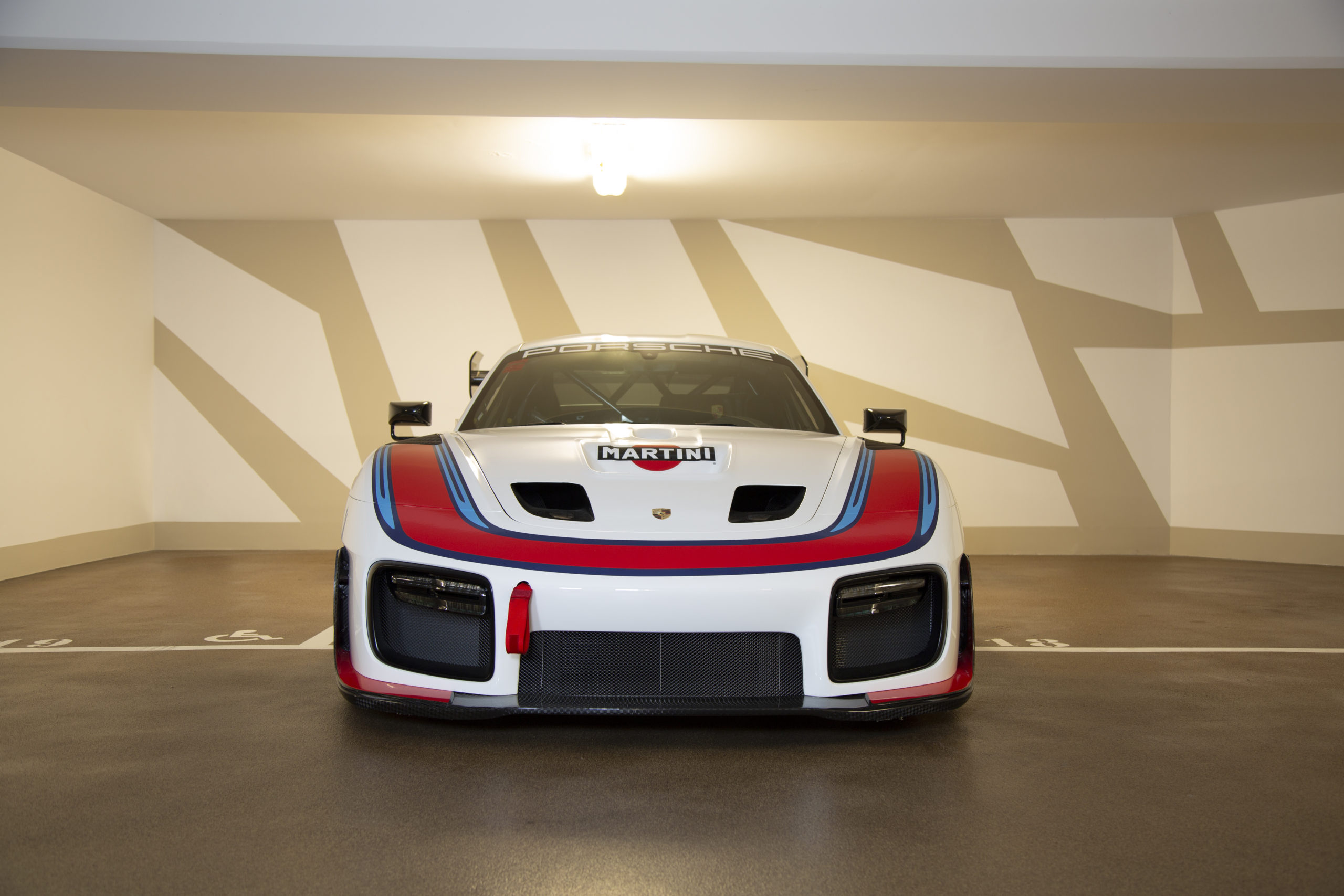Photo credit: Bonhams, RM Sotheby’s, Gooding, Mecum
The first half of the year brought with it an opportunity. Not bad considering the context: physical or virtual auctions? A comparison that involves everyone: sellers, first and foremost, but also buyers and auction houses.
There was a “before and an after”: until mid-March the royal auctions, those conducted with buyers in the hall and auctioneers in the flesh, dominated the scene while afterwards the auction houses that still wanted to be in the game were forced to make the switch to online platforms.
What have we learned from the first three months of 2020? In particular for what concerns traditional auctions?
The first thing is that despite the constant chatter about youngtimers and hypercars, it is still the avid octogenarian that dominates the scene at the top of the hill, taking home three of the five most expensive cars sold.
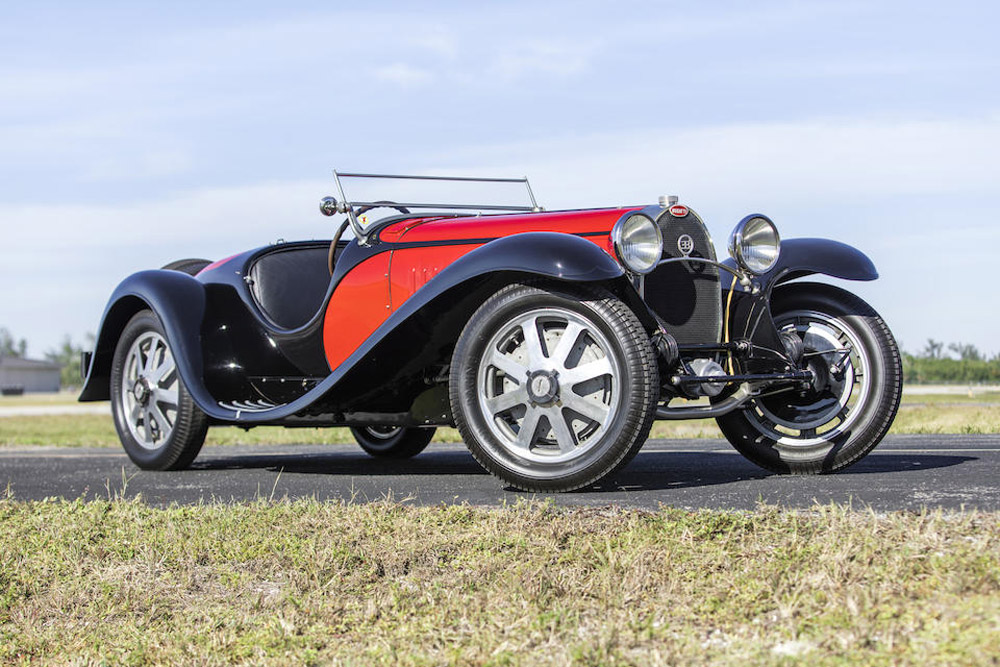
In truth, seven other cars from the 50s and 60s received bids above $3,000,000 but they all went unsold. In other words, the offers were there but the demand calmed down, which cannot be said for the reserve prices. Let’s look at the numbers: the estimates of the seven cars (average value) totalled $39.5 million plus one whose estimate was shrouded in secrecy with the words “Refer Department” (but rumours have it that it was over $11 million). So let’s estimate a total of $50 million. The bids received, which weren’t enough to take them home, totalled $43.25 million. This goes to show that if you want to sell today, you have to be prepared to take a little risk. Or wait. In any case, that’s still $43.5 million on the table. Let’s talk about real money and, again, royal auctions, with auctioneers and all the necessary ceremony.
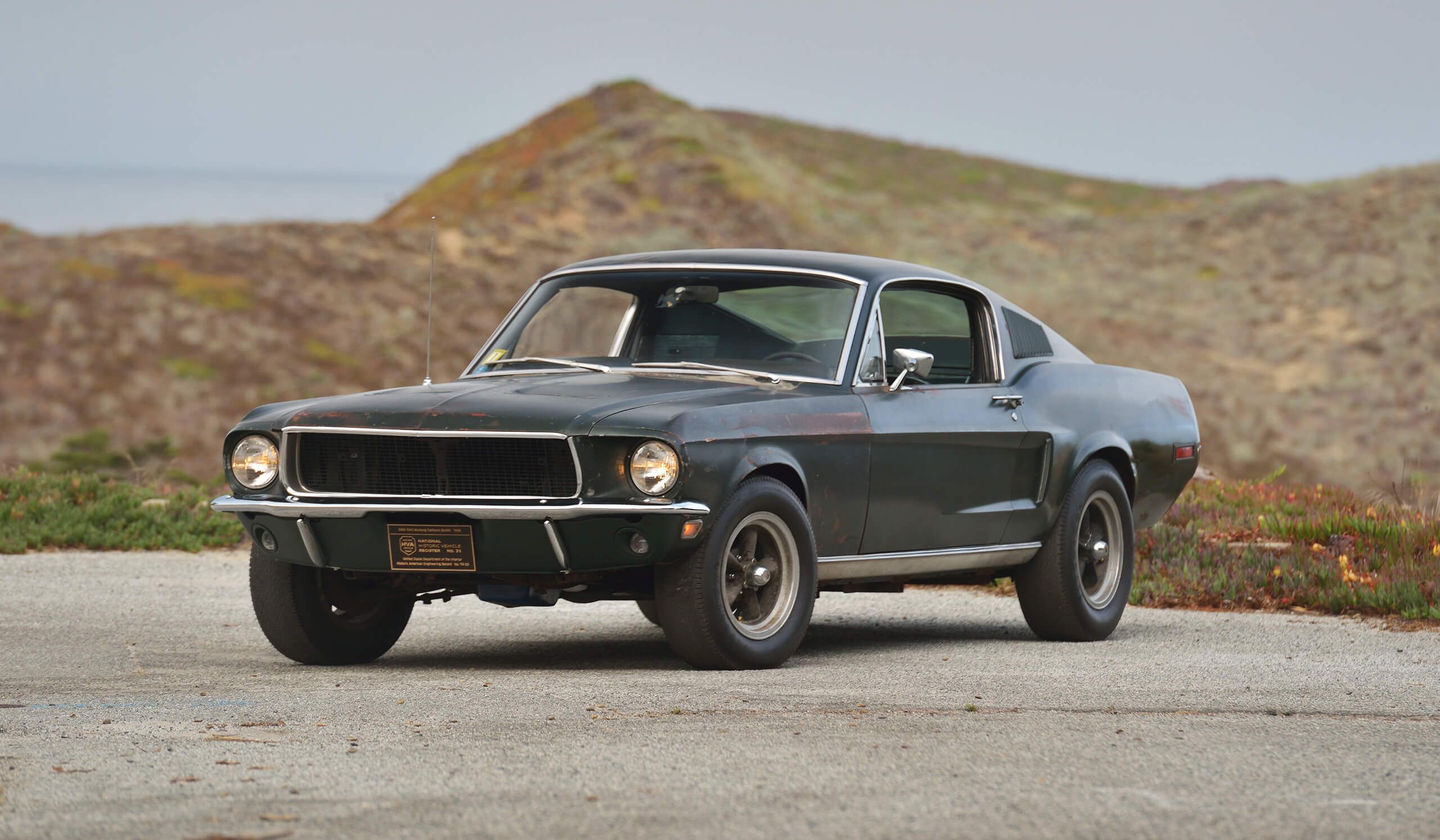
We could make a comment about the nationality of the cars – we already did slightly in the text above. The three pre-war cars were all French and this is very special because in 2019 the most expensive Bleu was in 40th place and only 4 in the top 100 cars sold were French. This might not come as much surprise since the French were very active at the highest levels before the war and only after the 1950s (with rare exceptions, of course) did they pay more attention to function than to glamour.
One final consideration lies in the auction house that sold the cars. The two Bugattis were sold through Bonhams as well as the Renault, a Type AI 35/45HP built for the 1907 Vanderbilt Cup ($3,332,500). Mecum sold the 1968 Mustang GT390 Fastback used in the film Bullitt ($3,740,000) and Gooding the Ferrari F50 ($3,222,500). And RM/Sotheby’s? At first glance it appears like they didn’t show up, but this is not the case because with its online auctions it simply annihilated the competition.
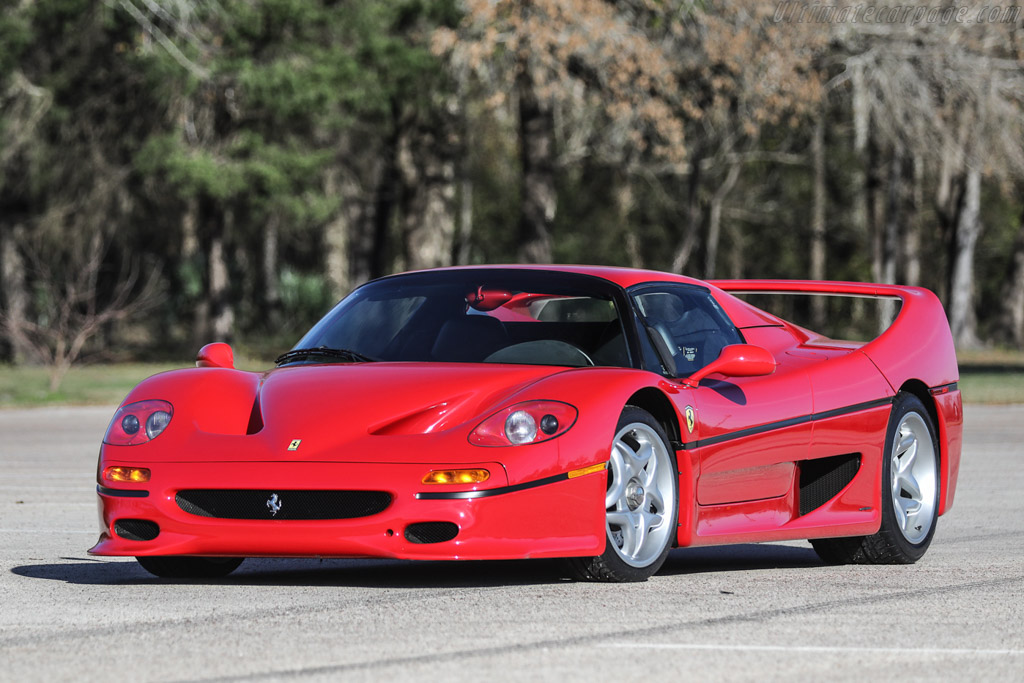
Let’s now turn to the online auctions that provided the biggest surprises that not even the most experienced experts anticipated.
The first to move the “centre of gravity” of attitudes towards the online world was RM in Palm Beach at the end of March, which sold a Porsche 911 993 GT2 for $891,000. This sale was very important because it showed that online auctions weren’t at risk of becoming second-tier auctions. Au contraire! It showed that you could easily have sold the crown jewel of your collection, achieving results comparable to a traditional auctions.
In many respects, it seems that after the initial period of the year full of physical auctions dominated by prewar cars, online auctions have brought things back to normal. Among the top 5 lots we have two Ferraris, two Porsches and a Lamborghini, all produced after World War II. If we then go to see who sold them, as many as 80% of the cars sold (and, if we widen our research, as many as 19 out of the 20 most expensive cars) exchanged hands through RM Sotheby’s.
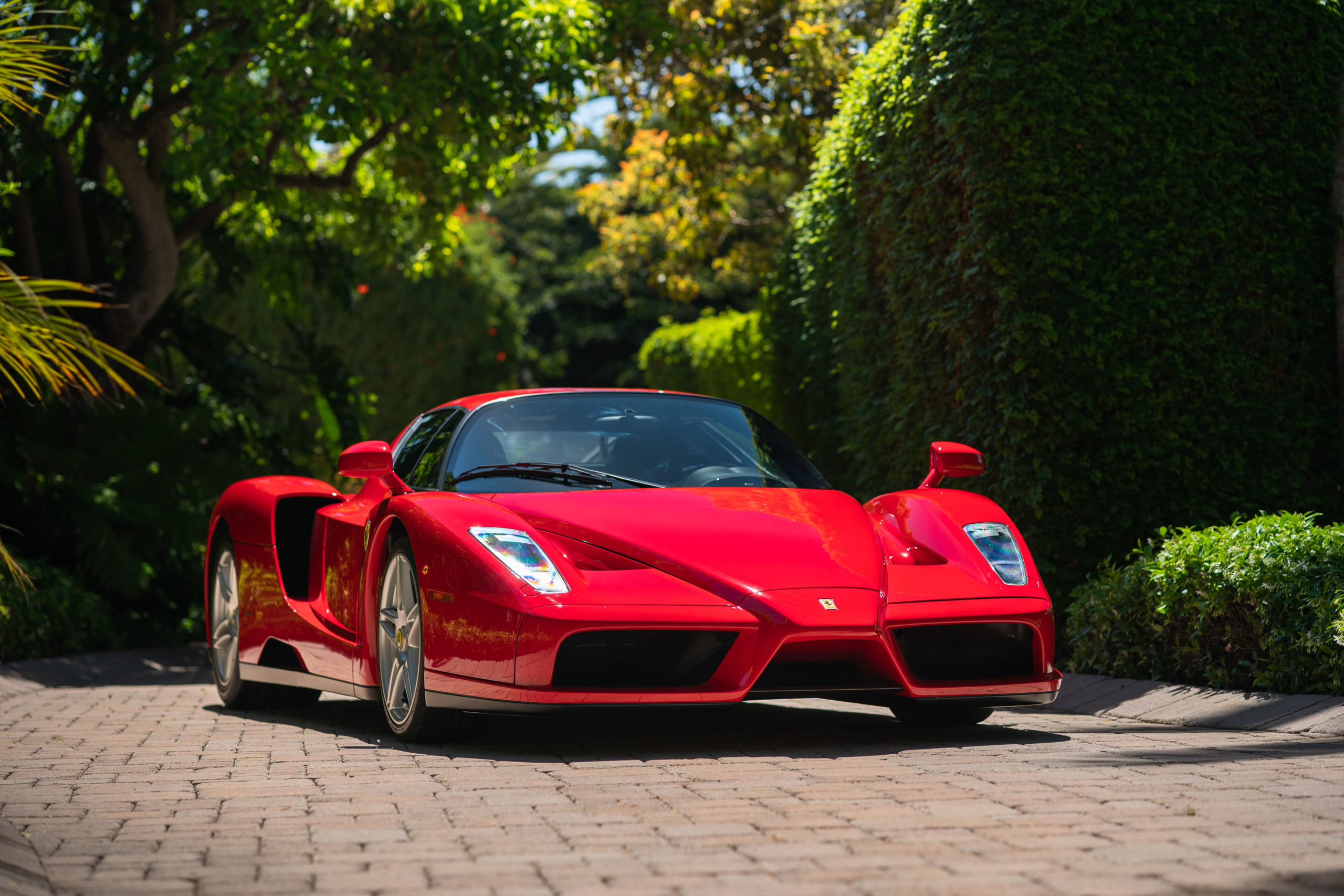
The 10 most expensive cars of all the physical auctions combined went for over $36.1 million eclipsing somewhat the $12.4 million of the virtual ones.
And if that’s not enough, one thing speaks for itself: during virtual auctions, just 4 cars over the $1million mark (or the same in Euros) were offered, a number that pales when compared to the 80 cars offered so far during the physical auctions of 2020. And although the “white elephants” (lots above $5 million) were disappointing with just 2 cars awarded out of 9 total bids – 22.2%, as many as 55 seven-digit cars changed hands in traditional auctions with a success rate of 68.75%, very close to the 75% (or three out of four) recorded by the click-based auctions.
But it is above all the average age of the top lots awarded that shows the extraordinary distance between the two types of auction. On average, the 20 most expensive lots sold through physical auctions were produced in 1965 – which becomes 1969 if we look at all the cars sold over one million. In the case of online auctions, these two figures become 1984 and 2002, between twenty and thirty years younger.
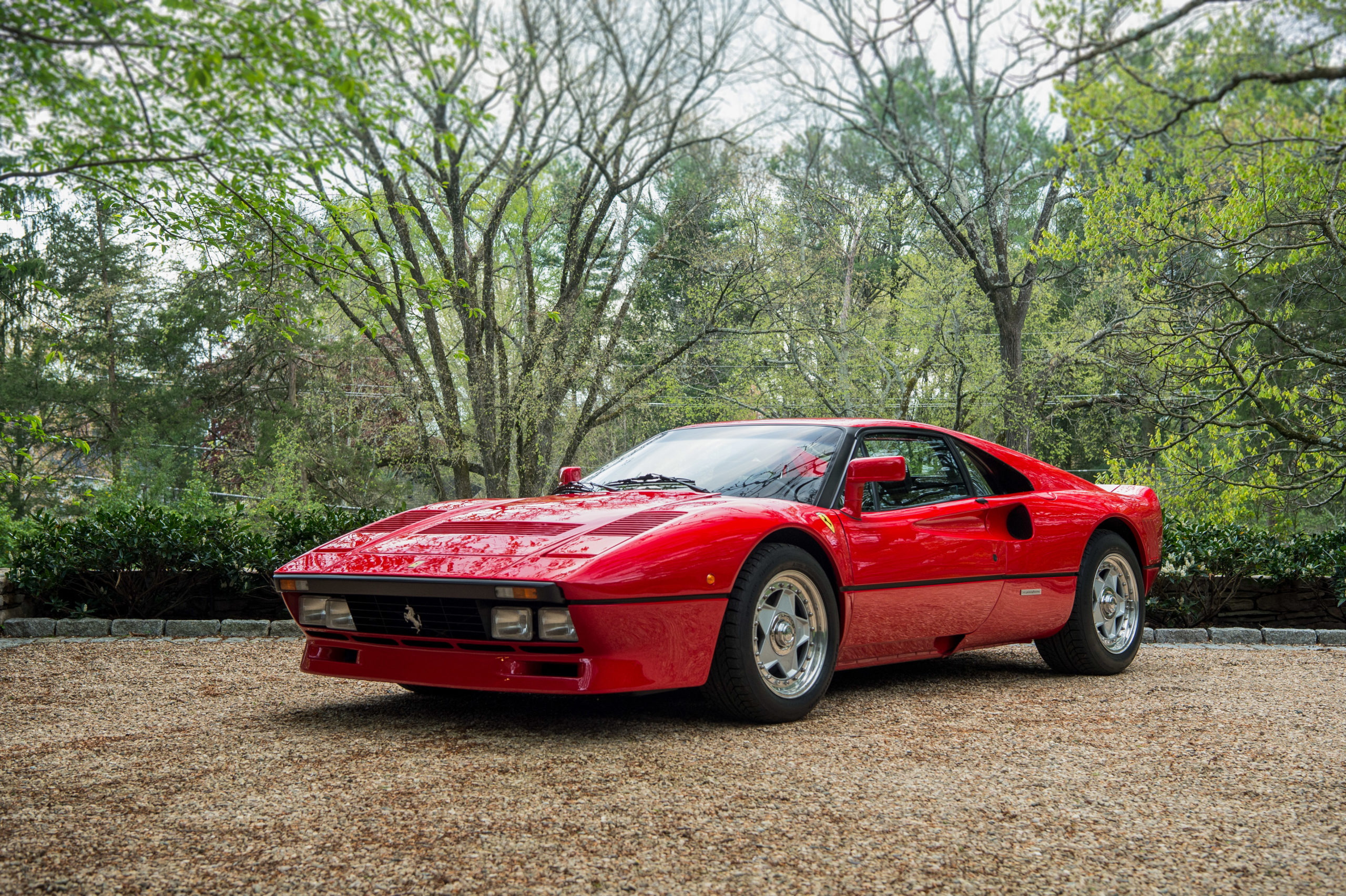
If we compare it to art, we could define virtual auctions as offering “pop” art such as Andy Warhol, while traditional auctions sell Picassos and Van Goghs. It is too early to jump to conclusion as the journey has only just begun. But the preference for on-line is more about numbers, curiosities and deals. Expensive ones too but, for the moment, not stratospheric. Many cars that intrigued, attracted and satisfied more than one whim.
And it is perhaps precisely through this choice that RM triumphed: the Canadian auction house chose to offer cheaper cars with reserves closer to their actual market values. Thanks to this knowledge of the younger car market – which Bohnams lacks – and to an excellent and perfectly organized internet platform – which Gooding lacks – it triumphed over the competition. But we’re still halfway through the first half of the year. Between the end of July and September we’ll see what happens when the going gets tough.
